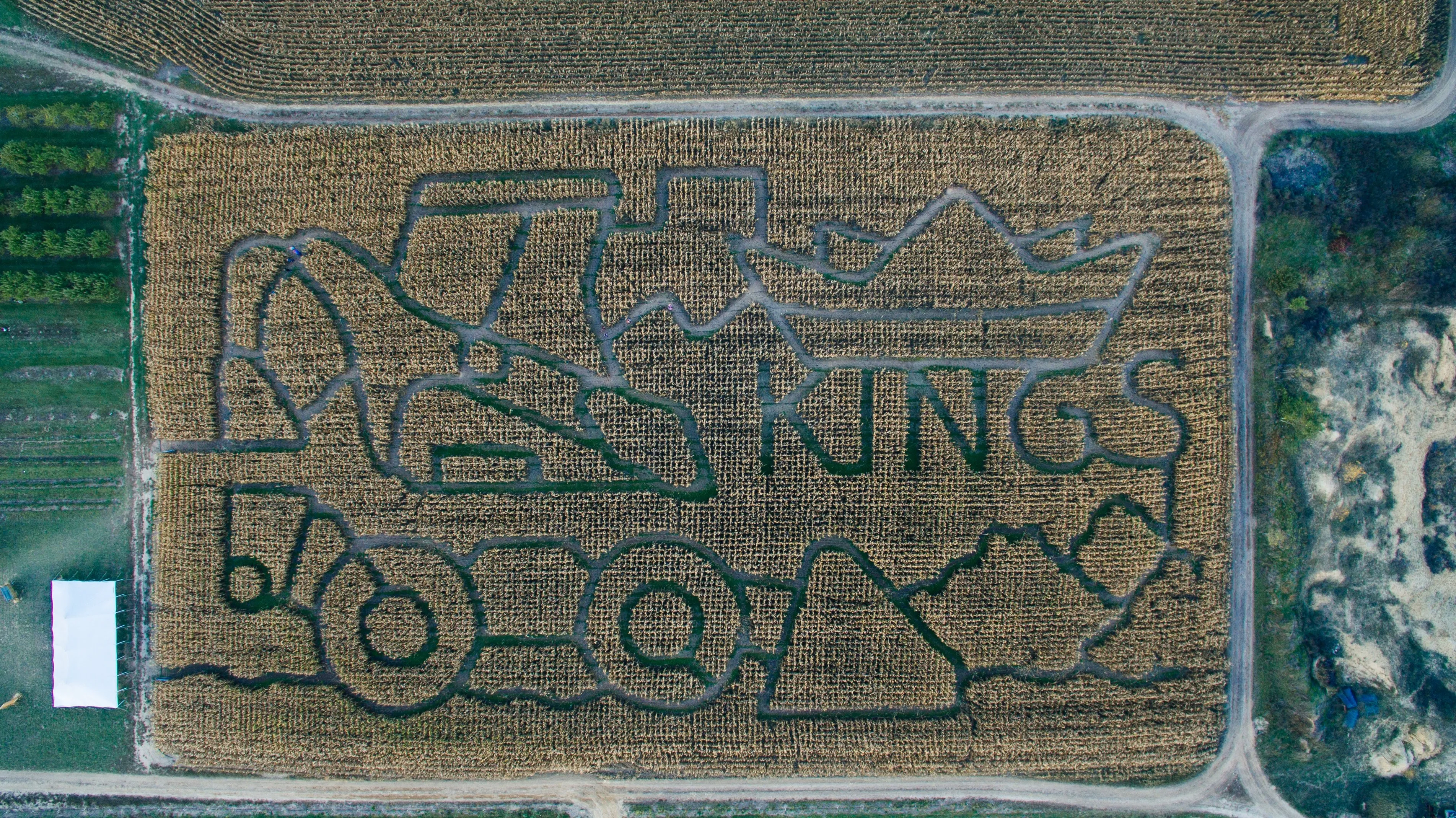Implementing Energy-Efficient Practices on Your Farm
Embrace sustainability in farming with 'Implementing Energy-Efficient Practices on Your Farm' from Vriksha Farms. This blog post guides you through the journey of integrating renewable energy and energy-efficient solutions into agricultural practices. Explore the economic and environmental impacts of renewable energy in farming, learn about grants, incentives, and resources available, and understand how sustainable energy aligns with the future of agriculture. Discover practical tips and strategies to make your farm more energy-efficient, contributing to a greener, more sustainable future in farming

Introduction
In today's world, where sustainability is key, implementing energy-efficient practices on the farm is not just an option but a necessity. Vriksha Farms, a leader in creating and managing farmland plots, integrates responsible agroforestry and sustainable farming practices, emphasizing the importance of energy efficiency in agriculture. This blog post aims to guide farmers on how to implement energy-efficient practices on their farms, enhancing both environmental sustainability and economic returns.
Understanding the Importance of Energy Efficiency
Reducing Environmental Impact
Energy-efficient practices help in reducing the environmental impact of farming operations. By consuming less energy, farms can significantly lower their carbon footprint, contributing to the fight against climate change.
Cost-Effectiveness
Implementing energy-saving measures can also be economically beneficial. Reducing energy consumption leads to lower utility bills, providing a tangible return on investment (ROI) for the farm.
Strategies for Energy Efficiency
Solar Energy Utilization
Harnessing solar power through photovoltaic panels is a prime way to reduce energy consumption. Solar energy can power farm equipment, irrigation systems, and provide lighting, making it a versatile and sustainable energy source.
LED Lighting
Replacing traditional lighting with LED bulbs can significantly reduce energy consumption. LEDs are not only more energy-efficient but also have a longer lifespan, reducing replacement costs.
Smart Irrigation Systems
Implementing smart irrigation systems that use sensors and timers can optimize water usage, reducing both water and energy consumption. This technology ensures that crops receive the right amount of water at the right time.
Advancements in Farm Equipment
Energy-Efficient Machinery
Investing in energy-efficient machinery is crucial. Modern farm equipment is designed to be more fuel-efficient, reducing energy usage without compromising on performance.
Regular Maintenance
Regular maintenance of farm machinery and equipment is essential. Well-maintained equipment operates more efficiently and uses less energy.
Building and Insulation Improvements
Efficient Farm Buildings
Designing farm buildings with energy efficiency in mind, such as using proper insulation and natural ventilation, can significantly reduce energy needs for heating and cooling.
Greenhouses
For those who use greenhouses, implementing energy-efficient designs and materials can drastically cut energy consumption. Technologies like thermal blankets or energy curtains can be effective.
Renewable Energy Sources
Wind Energy
Wind turbines can provide an alternative energy source for farms, especially in windy regions. They can be used alongside solar energy systems to create a more robust and reliable energy infrastructure.
Biomass Energy
Utilizing biomass energy, such as converting farm waste into energy, is an innovative way to reduce reliance on non-renewable energy sources.
Conclusion
Implementing energy-efficient practices on farms is a crucial step towards sustainable agriculture. It not only aids in reducing environmental impact but also enhances the economic viability of farming operations. Vriksha Farms embodies this approach, offering managed farmland plots where sustainable and energy-efficient practices are at the core of operations.
